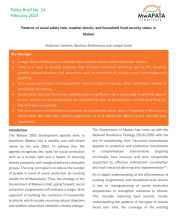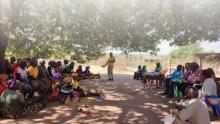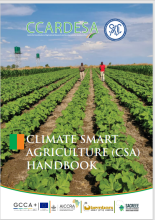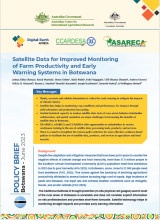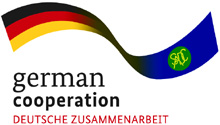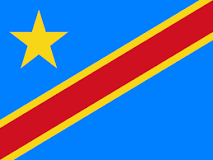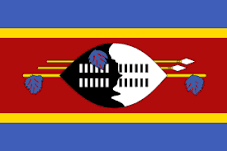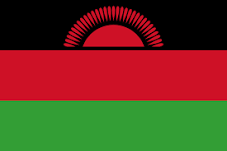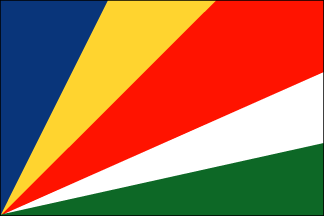Sorghum (Sorghum bicolor [L.] Moench) is a valuable crop in the dry regions of the world, including Namibia. Due to the intensity and recurrence of drought and heat stress in the traditional sorghum growing areas, there is a need to breed and deploy new generation farmer-preferred and climate-smart cultivars to serve the diverse value chains. Therefore, the objectives of this study were to assess the present state of sorghum production in northern Namibia and document farmers’ perceived production constraints and trait preferences in new varieties to guide drought-tolerance breeding. A survey was conducted using a participatory rural appraisal in the following six selected sorghum-growing constituencies in Namibia: Kapako and Mpungu (Kavango West Region), Eenhana and Endola (Ohangwena Region), and Katima Mulilo Rural and Kongola (Zambezi Region). Data were collected using a structured questionnaire involving 198 farmers in 14 sampled villages across the regions. Results revealed variable trends in sorghum production among respondent farmers when disaggregated by gender, age, number of households, education level, cropping systems, types of varieties grown, and perceived production constraints. An equal proportion of male and female respondent farmers cultivate sorghum, suggesting the value of the crop to both genders in Namibia. Most respondent farmers (63.6%) were in productive age groups of <40 years old. In the study areas, low-yielding landrace varieties, namely Ekoko, Okambete, Makonga, Kamburo, Nkutji, Katoma, Fuba, Dommy, Kawumbe, and Okatombo, were widely cultivated, and most of the farmers did not use chemical fertilizers to cultivate sorghum. Farmers’ perceived sorghum production constraints in the study areas included recurrent drought, declining soil fertility, insect pest damage, high cost of production inputs, unavailability of improved seed, lack of alternative improved varieties with farmers’ preferred traits, lack of organic manure, limited access to market and limited extension service. The key farmers’ preferred traits in a new sorghum variety included high grain yield, early maturity, and tolerance to drought, in the field and storage insect pests. The study recommends genetic improvement and new variety deployment of sorghum with the described farmers-preferred traits to increase the sustainable production of the crop in Namibia.
Wanga, M.A.; Shimelis, H.; Mengistu, G. Sorghum Production in Northern Namibia: Farmers’ Perceived Constraints and Trait Preferences. Sustainability 2022, 14, 10266.
Available at: https://doi.org/10.3390/ su141610266


